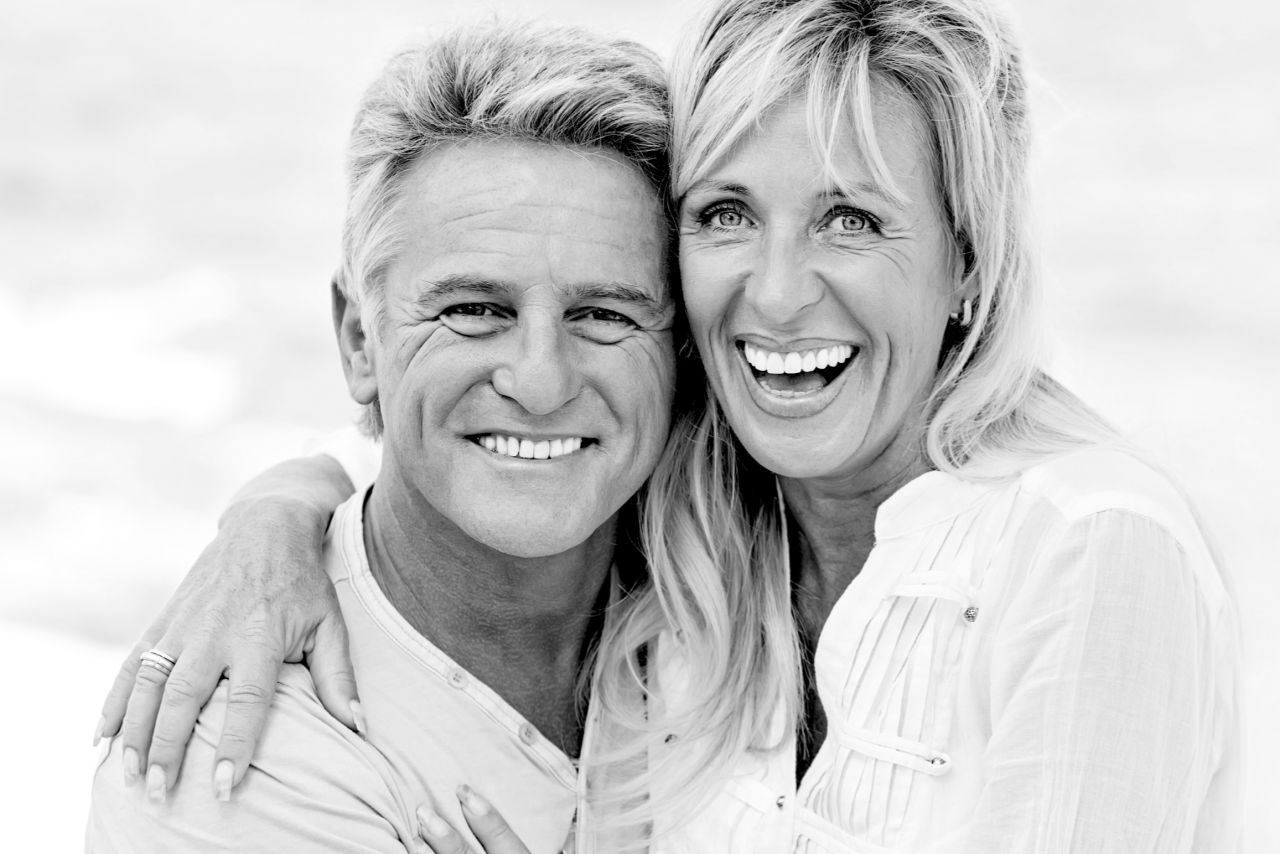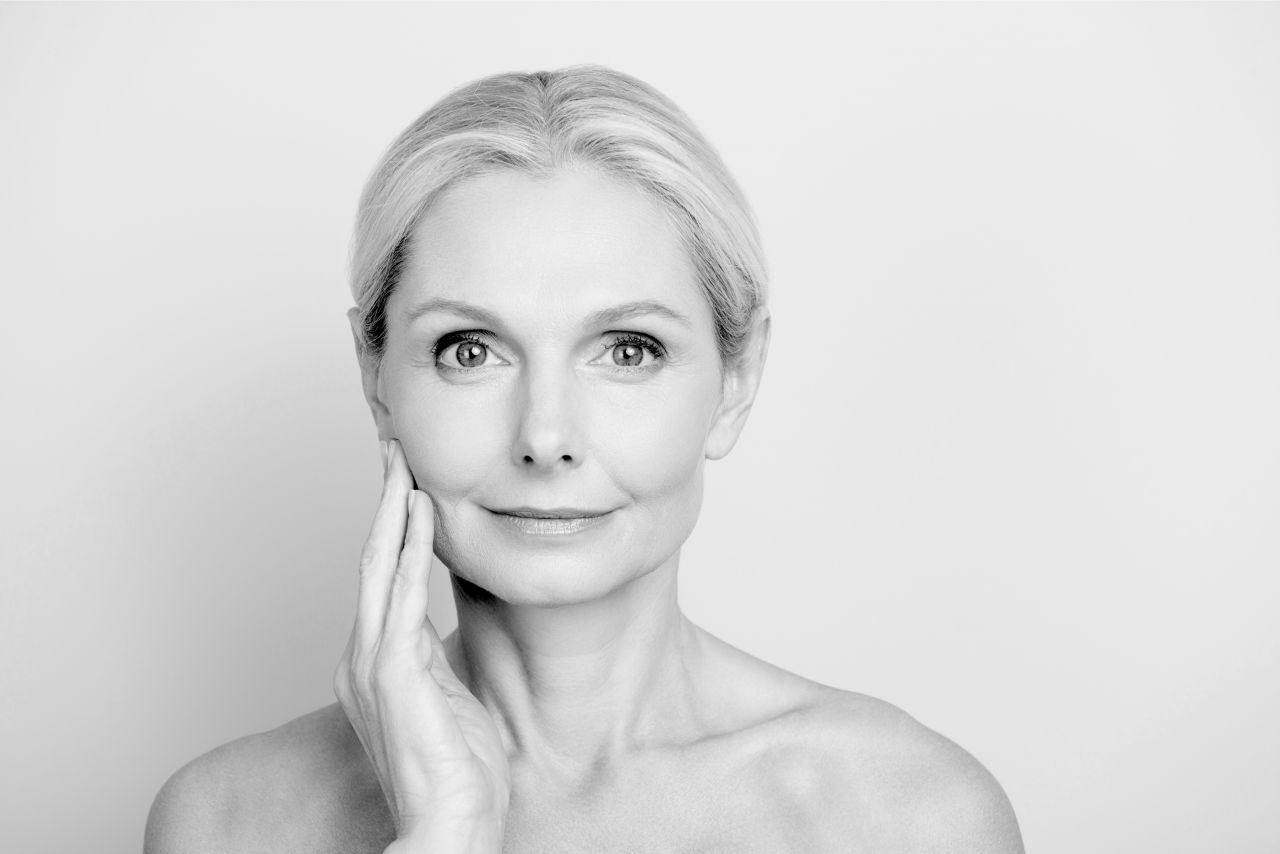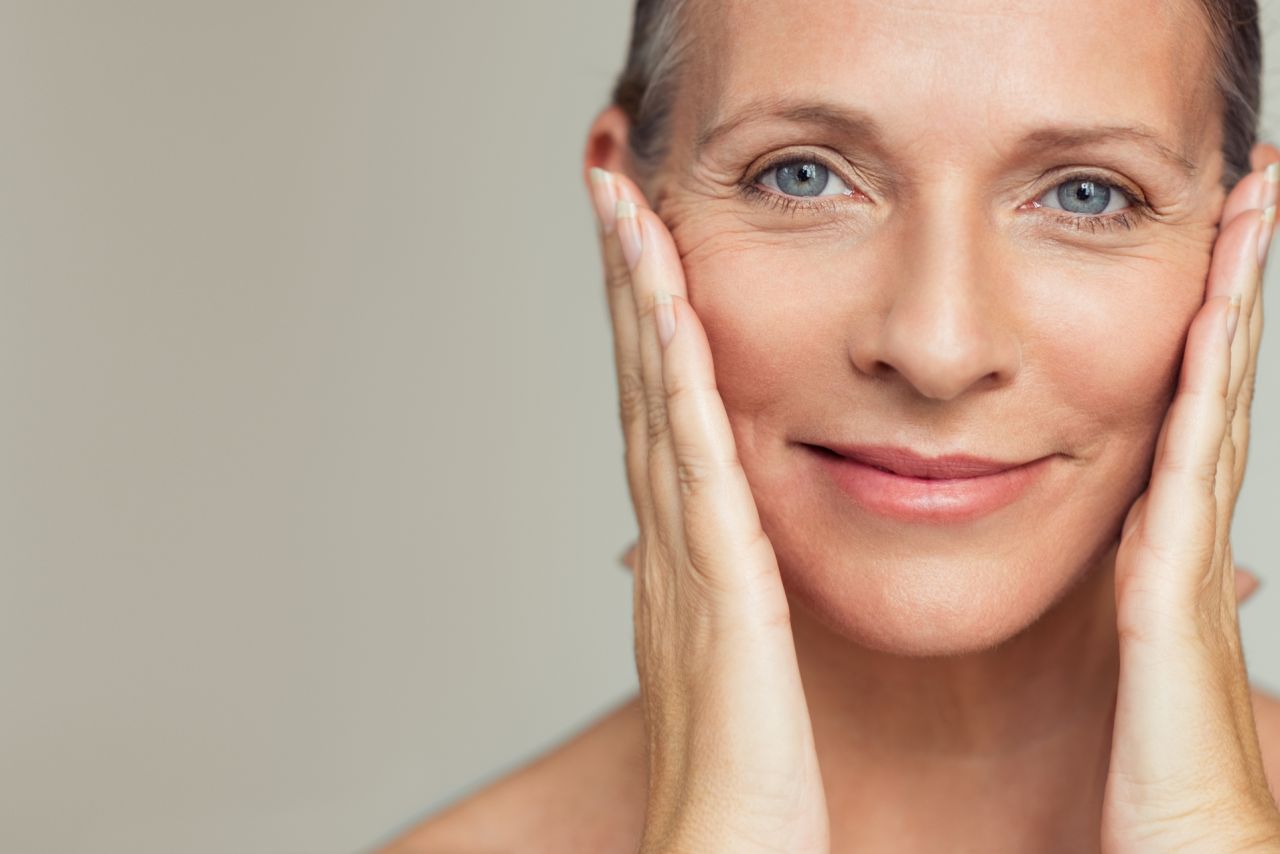This is a procedure which aims to restore the appearance of the face and neck to a more youthful look, but at the same time producing natural results.



Face & Neck Lift
Frequenty Asked Questions
What is a face lift?
A facelift, or rhytidectomy, is a surgical procedure that improves visible signs of ageing in the face and neck, such as:
-
Relaxation of the skin of the face causing sagging
-
Deepening of the fold lines between the nose and corner of the mouth
-
The fat that has fallen or has disappeared
-
Jowls developing in the cheeks and jaw
-
Loose skin and excess fat of the neck that can appear as a double chin or "turkey neck"
What is a neck lift?
A neck lift, or lower rhytidectomy, is a surgical procedure that improves visible signs of ageing in the jawline and neck, such as:
-
Excess fat and skin relaxation in the lower face that creates jowls
-
Excess fatty deposits under the chin
-
Loose neck skin
-
Muscle banding in the neck, which created abnormal contours
Further rejuvenation procedures may be required such as a brow lift to correct a sagging or deeply furrowed brow, eyelid surgery to rejuvenate ageing eyes and fat transfer to add fullness to the lips and cheeks and reduce the appearance of wrinkles.
Is face & neck lift for me?
In general, good candidates for a neck lift include:
-
Healthy individuals who do not have medical conditions that impair healing
-
Non-smokers
-
Individuals with a positive outlook and realistic expectations
Some people feel they are not ready for a full facelift because the upper face is still pleasing. However, many patients will note excess wrinkling of the neck skin, a double chin or "turkey wattle" and jowl lines.
When the neck area doesn't match the upper facial appearance, a neck lift may be a good solution.
What types of surgical procedures are available?
Face and neck lift procedures are always tailored to the patients’ requirements. Broadly, there are five main types recommended by Mr Sawyer:
-
Submental correction alone
-
Mini-lift
-
Lower facelift alone
-
Lower face and neck lift
-
Lower face and neck lift with submental correction
What is facial fat grafting?
In this technique, fat is harvested usually from the upper inner thighs using very fine liposuction-like cannulas. The harvested fat is then cleaned and centrifuged and the purified fat can be injected into various areas, most commonly the nasolabial folds, the marionette lines, the cheeks or the lips. This enables filling with ones own body tissue. Fat graft uptake can be variable, although it usually works well in the folds and cheeks. If this is successful, this will lead to a permanent correction. In the lips, graft uptake is far more variable.
Other additional procedures include brow lifting, upper and lower eyelid corrections, upper lip length shortening, earlobe reductions and facial skin resurfacing using either a chemical peel or dermabrasion technique.
What about sleeping follow face & neck lift?
Sleep is a very important part of the recovery process and a good night’s sleep must be obtained. On the night following surgery, sleeping tablets are prescribed and a short course may be necessary for a few days. Sleeping with the head elevated by using an extra pillow or two may help reduce swelling and can be beneficial for the first few days following surgery.
How do I wash my face/neck?
Washing the face can be gently cleaned from about 4 days following surgery. Light cleansers and moisturizers can be used in one week as well as light makeup. At two weeks following surgery, all products may be used unless there is persistent marked swelling. Hair-washing with simple shampoos can be undertaken from discharge, although care needs to be taken around the areas where stitches are present.
What restrictions are there following surgery?
Patients should avoid any facials, hair dyeing or perms, eyebrow plucking or waxing or any equivalent treatments for at least 4 - 6 weeks following surgery.
Patients who wear contact lens may find it difficult to insert them for the first week following surgery (or longer if eyelid corrections have been undertaken), glasses can be worn immediately although some care around the suture sites is necessary.
Light activities including gym work and swimming should be avoided for about 4 weeks following surgery and any sporting activities where violent movement may occur (including golf and tennis) should be avoided for between 6 - 8 weeks.
When can I drive after surgery?
Patients are discouraged from driving for one week following surgery.
How long will I need off work?
Most patients will need to be off work for between 1 - 3 weeks.
Price Range
From £8845
What clients are saying
Made what was a big decision for me so easy . Was honest about operation and recovery. Always available to answer my questions . Understood what a BIG decision it was for me . Stayed in touch when I was discharged until I was happy and comfortable. Very professional. Would highly recommend
Contact us to schedule in your appointment
We are proud partners of
Ask Us A Question
Hi! Click here to start a chat with Becky & Claire on WhatsApp.
If it is office hours, we'll try to reply straight away!
Ask us a question